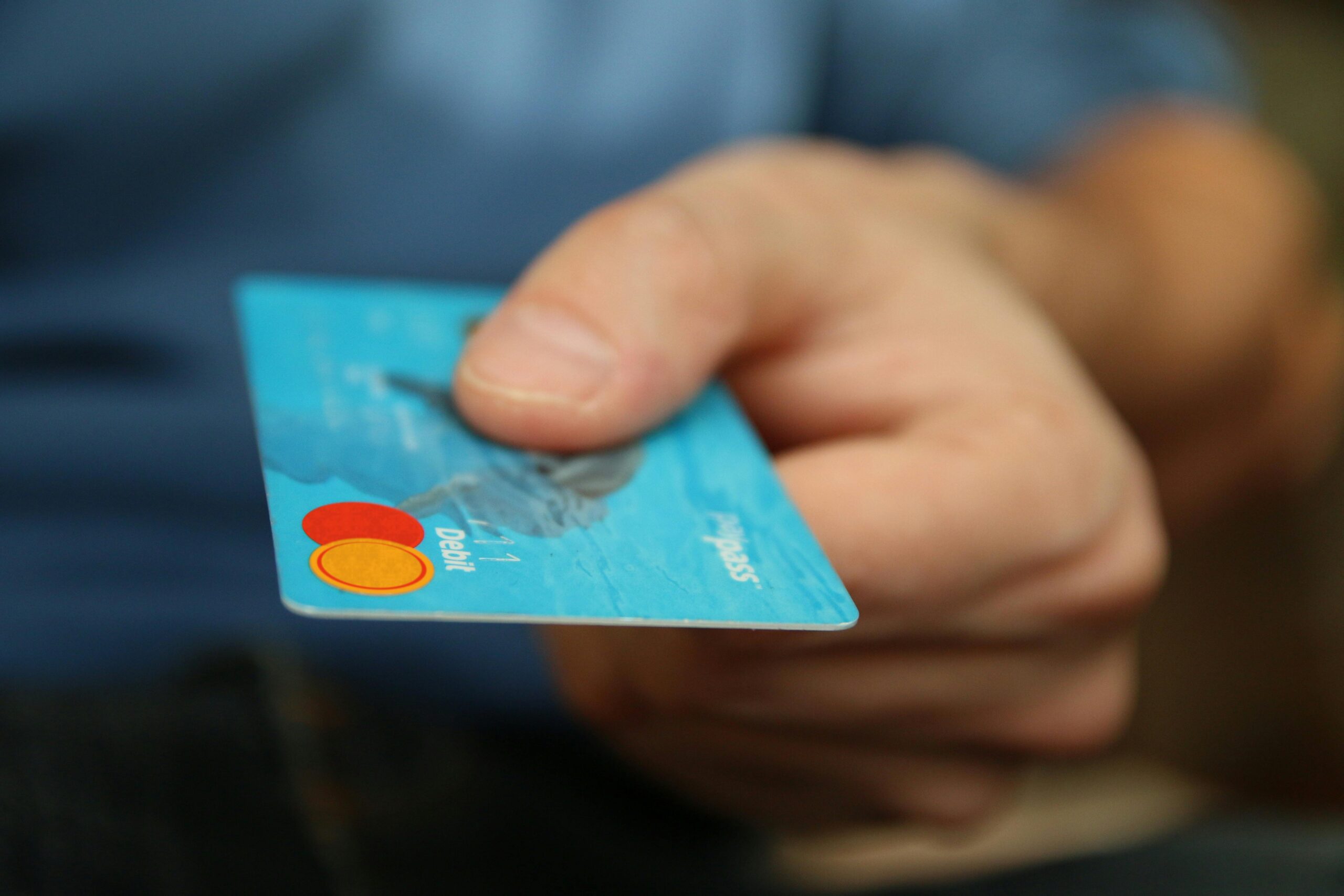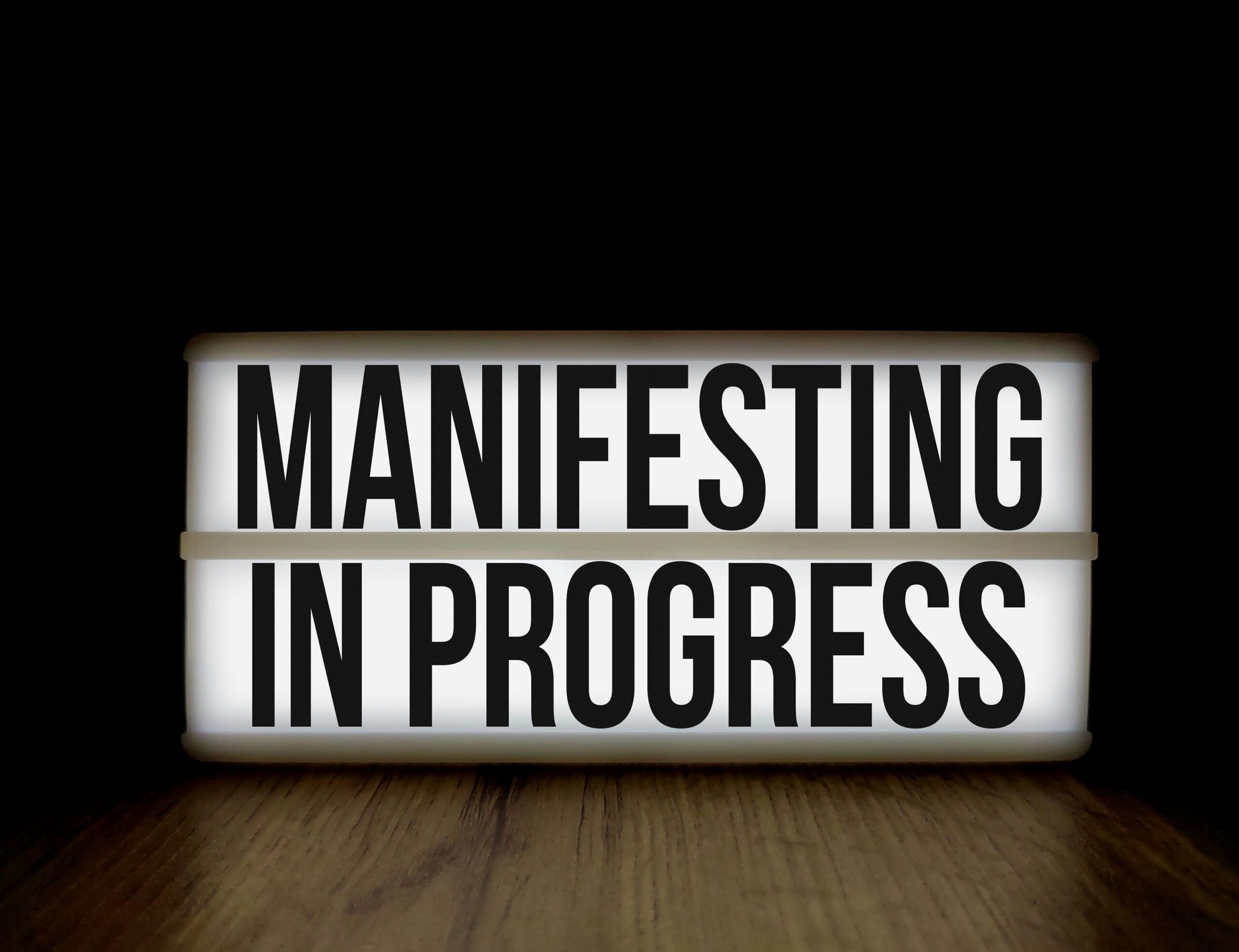Every purchase you make is influenced by emotions more than you might realize, shaping your financial habits in ways that extend far beyond simple need or want.
The Hidden Emotional Forces Behind Every Transaction 💳
When you walk into a store or browse online, you’re not just a rational decision-maker carefully weighing pros and cons. You’re a complex emotional being responding to countless psychological triggers that retailers, marketers, and even your own brain conspire to activate. Understanding these emotional triggers isn’t about blaming yourself for past purchases—it’s about gaining the awareness necessary to make more intentional financial choices.
The relationship between emotions and spending is deeply rooted in our evolutionary psychology. Our ancestors made quick decisions based on immediate emotional responses because survival often depended on it. Today, that same wiring influences whether we click “buy now” or add another item to our cart. The difference is that modern marketing has become exceptionally skilled at hijacking these ancient emotional pathways.
The Science of Emotional Spending: What Happens in Your Brain 🧠
When you’re about to make a purchase, your brain undergoes a fascinating chemical dance. Dopamine, often called the “feel-good” neurotransmitter, floods your system in anticipation of acquiring something new. This isn’t released when you actually get the item—it peaks during the anticipation phase, which explains why the excitement of shopping sometimes feels better than actually owning what you bought.
Neuroscientists have identified specific brain regions that activate during purchasing decisions. The nucleus accumbens lights up when we see something desirable, while the insula activates when we perceive a price as too high. Meanwhile, the medial prefrontal cortex tries to balance these competing signals, weighing the pleasure of acquisition against the pain of payment.
This neural tug-of-war happens in milliseconds, often before your conscious mind even realizes you’re making a decision. Understanding this process helps explain why you might feel regret shortly after an impulse purchase—your rational brain catches up to what your emotional brain already decided.
The Seven Primary Emotional Triggers That Drive Spending
1. Fear and Scarcity: The Urgency Trap ⏰
Limited-time offers, countdown timers, and “only 3 items left” warnings tap into our primal fear of missing out. This scarcity principle creates artificial urgency that bypasses rational thinking. When we believe something valuable might disappear, our brain prioritizes immediate action over careful consideration.
Retailers understand this psychology intimately. Flash sales, exclusive releases, and seasonal promotions all leverage our fear of loss. The pain of potentially missing an opportunity often feels more intense than the pleasure of getting a good deal, pushing us toward purchases we haven’t fully evaluated.
2. Social Validation and Belonging 👥
Humans are inherently social creatures, and our purchasing behavior reflects this fundamental need for acceptance and belonging. When we see others owning, using, or endorsing products, we experience a powerful pull to join them. This isn’t shallow vanity—it’s a deeply embedded survival mechanism from when being part of the group meant staying alive.
Social media has amplified this trigger exponentially. Influencer marketing, unboxing videos, and carefully curated lifestyle posts create aspirational images that link products to social identity and status. We don’t just buy products; we buy the promise of belonging to a desirable group or lifestyle.
3. Emotional Comfort and Stress Relief 🛋️
Retail therapy is a real phenomenon backed by psychological research. When experiencing negative emotions—stress, sadness, anxiety, or boredom—shopping provides temporary relief by giving us a sense of control and producing those pleasurable dopamine hits.
The problem isn’t that shopping makes you feel better momentarily; it’s that this relief is fleeting and often followed by guilt or financial stress, creating a cycle that can become difficult to break. Recognizing when you’re shopping to manage emotions rather than fulfill genuine needs is crucial for developing healthier spending habits.
4. Identity Expression and Self-Image ✨
Your purchases are statements about who you are or who you want to become. Whether it’s athletic wear that makes you feel like a fitness enthusiast or professional clothing that reinforces your career identity, what you buy helps construct and communicate your self-concept.
Marketers expertly tap into this by selling not just products but identities and aspirations. They create narratives that link their offerings to the person you envision yourself being. This emotional trigger is particularly powerful because it connects spending to self-improvement and personal growth—inherently positive motivations that can nevertheless lead to overspending.
5. Nostalgia and Sentimental Connection 📸
Products that remind us of positive memories or simpler times carry immense emotional weight. Nostalgia marketing has become increasingly sophisticated, with brands deliberately evoking childhood memories, cultural moments, or personal milestones to create emotional connections with their products.
This trigger works because nostalgia provides psychological comfort and continuity. When the present feels uncertain or overwhelming, reconnecting with the past through purchases offers emotional stability—even if that connection is more symbolic than substantive.
6. Reward and Self-Justification 🎁
The “I deserve this” mentality is one of the most common emotional justifications for purchases. After working hard, accomplishing goals, or simply enduring a difficult period, we feel entitled to reward ourselves through spending.
While celebrating achievements is healthy, this trigger becomes problematic when rewards become habitual, expected, or disproportionate to the accomplishment. The emotional satisfaction of self-reward can mask whether the purchase aligns with your broader financial goals and values.
7. Instant Gratification and Impulsivity ⚡
In our on-demand culture, waiting feels increasingly intolerable. The ability to purchase anything with a few clicks and receive it within hours or days has conditioned us to expect immediate satisfaction. This triggers impulsive spending as we prioritize present pleasure over future consequences.
The prefrontal cortex, responsible for impulse control and long-term planning, is no match for the immediate emotional rewards that modern shopping provides. One-click purchasing, saved payment information, and subscription services all reduce friction, making impulsive spending easier than ever before.
How Retailers Weaponize Your Emotions 🎯
Understanding that emotions drive spending is one thing; recognizing how this knowledge is strategically deployed against you is another. Modern retail environments—both physical and digital—are meticulously designed psychological battlegrounds where every element aims to trigger emotional responses.
Store layouts guide you past high-margin impulse items. Music tempo influences how quickly you shop and how much you spend. Scent marketing creates emotional associations with brands. Online, algorithms track your behavior to serve ads at moments of emotional vulnerability. Dynamic pricing adjusts based on your perceived willingness to pay.
Email marketing often arrives during evening hours when willpower is depleted. Abandoned cart reminders create artificial urgency. Product descriptions use emotionally loaded language that appeals to aspirations and fears rather than practical features.
Breaking Free: Strategies for Emotional Spending Awareness 🔓
Implement the 48-Hour Rule
Before making any non-essential purchase over a certain amount, commit to waiting 48 hours. This pause allows the initial emotional surge to subside and gives your rational mind time to evaluate whether you genuinely need or want the item. You’ll be surprised how many “must-have” items lose their appeal after a brief waiting period.
Track Your Emotional States
Keep a spending journal that records not just what you bought but how you felt before, during, and after the purchase. Over time, patterns will emerge revealing which emotions consistently trigger spending. This awareness is the first step toward developing alternative responses to emotional states.
Identify Your Vulnerability Windows 🪟
Most people have predictable times when they’re more susceptible to emotional spending—after work, during weekend browsing, or late at night. Recognizing these vulnerability windows allows you to implement protective strategies, like unsubscribing from marketing emails, deleting shopping apps temporarily, or engaging in alternative activities during high-risk periods.
Question the Narrative
When you feel compelled to buy something, pause and ask yourself what story you’re believing about this purchase. Are you buying the product itself or the lifestyle it promises? Are you addressing a genuine need or trying to fill an emotional void? This narrative questioning helps separate marketing-induced desires from authentic wants.
Create Emotional Spending Alternatives
Develop a list of activities that provide emotional satisfaction without financial cost. When you notice the urge to shop for emotional reasons, choose an alternative instead: call a friend, exercise, create something, engage with nature, or practice meditation. The goal isn’t to never spend but to ensure spending isn’t your only emotional regulation tool.
The Role of Mindfulness in Conscious Spending 🧘
Mindfulness—the practice of present-moment awareness without judgment—offers powerful protection against emotional spending triggers. By cultivating the ability to observe your thoughts and feelings without automatically acting on them, you create space between impulse and action.
Mindful spending means approaching purchases with full awareness of your motivations, the item’s actual utility, and its alignment with your values and financial goals. It transforms shopping from an automatic response to emotional states into a deliberate choice that considers both immediate satisfaction and long-term wellbeing.
Practicing mindfulness doesn’t require extensive meditation or lifestyle overhaul. Simple techniques like taking three deep breaths before clicking purchase, consciously noticing physical sensations when shopping, or regularly reflecting on your relationship with money can significantly increase awareness and reduce emotionally-driven spending.
Building a Healthier Financial Identity 💪
Ultimately, managing emotional spending triggers isn’t about perfect control or never making purchases for emotional reasons. It’s about developing a healthier, more conscious relationship with money where spending aligns with your authentic values and long-term goals rather than fleeting emotional states or external pressures.
This requires reimagining your financial identity. Instead of seeing yourself as someone who “can’t control spending” or who “deserves” constant rewards, develop an identity as someone who makes intentional choices that support your wellbeing. Your self-concept profoundly influences behavior, and shifting how you see yourself as a financial being creates lasting change.
Consider creating a personal spending philosophy—a set of principles that guide your financial decisions. This might include commitments like “I spend money on experiences that create lasting memories” or “I invest in quality items that serve me for years rather than trendy purchases that provide momentary satisfaction.” These guiding principles serve as anchors when emotional triggers arise.
Teaching Emotional Spending Awareness to Others 👨👩👧👦
If you have children or influence younger people, sharing these insights about emotional spending creates generational benefits. Teaching kids to recognize advertising tactics, question their motivations for wanting things, and delay gratification builds lifelong financial intelligence.
Model conscious spending by verbalizing your decision-making process. When children ask for something, instead of simply saying yes or no, discuss the emotional appeals in the advertising, whether the item aligns with family values, and how it fits within your budget. These conversations normalize thoughtful spending and provide practical frameworks they’ll carry into adulthood.

Transforming Your Relationship With Money and Emotion 🌱
The intersection of emotions and spending isn’t inherently negative. Emotions provide valuable information about what matters to you, and spending money on things that genuinely enhance your life creates legitimate satisfaction. The problem arises when emotional triggers bypass conscious choice, leading to spending that conflicts with your deeper values and goals.
By understanding the psychological mechanisms behind your purchases, recognizing how these are deliberately activated by marketing, and implementing strategies for greater awareness, you reclaim agency over your financial life. This isn’t about deprivation or eliminating all emotional purchases—it’s about ensuring that when emotions influence your spending, they’re authentic emotions aligned with your true priorities rather than manufactured responses to marketing manipulation.
The journey toward conscious spending is ongoing. You won’t catch every emotional trigger, and you’ll still make purchases you later question. That’s part of being human. What matters is the overall trajectory toward greater awareness, more intentional choices, and a financial life that genuinely supports your wellbeing rather than undermining it.
Start today by simply noticing. Before your next purchase, pause and check in with yourself emotionally. What are you feeling? What need—practical or emotional—are you trying to meet? Is this purchase the best way to address that need? These simple questions, asked consistently, gradually transform your relationship with spending from reactive to reflective, from unconscious to intentional, and from emotionally-driven to values-aligned.
Toni Santos is a personal growth strategist and wealth alignment researcher dedicated to helping people connect mindset, habits, and money with purpose. With a focus on abundance psychology and intentional living, Toni explores how beliefs, behavior, and clarity turn goals into sustainable prosperity. Fascinated by financial psychology and high-performance routines, Toni’s journey bridges coaching, behavioral science, and practical frameworks. Each guide he shares is an invitation to design a life by intention—where daily actions align with values, and values align with long-term wealth. Blending mindset work, habit design, and evidence-based strategy, Toni studies how identity shifts, focus systems, and disciplined execution create compounding results. His work champions the idea that true abundance is built from the inside out—through awareness, alignment, and consistent action. His work is a tribute to: An abundance mindset grounded in gratitude, vision, and responsibility Financial psychology that transforms behavior into smart decisions Goal-oriented living powered by clear systems and repeatable habits Whether you’re redefining success, aligning money with meaning, or building habits that last, Toni Santos invites you to grow with intention—one belief, one plan, one aligned step at a time.




